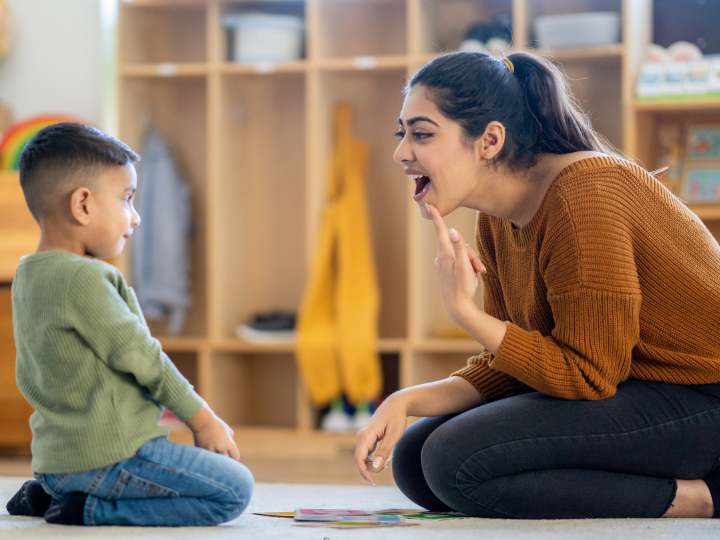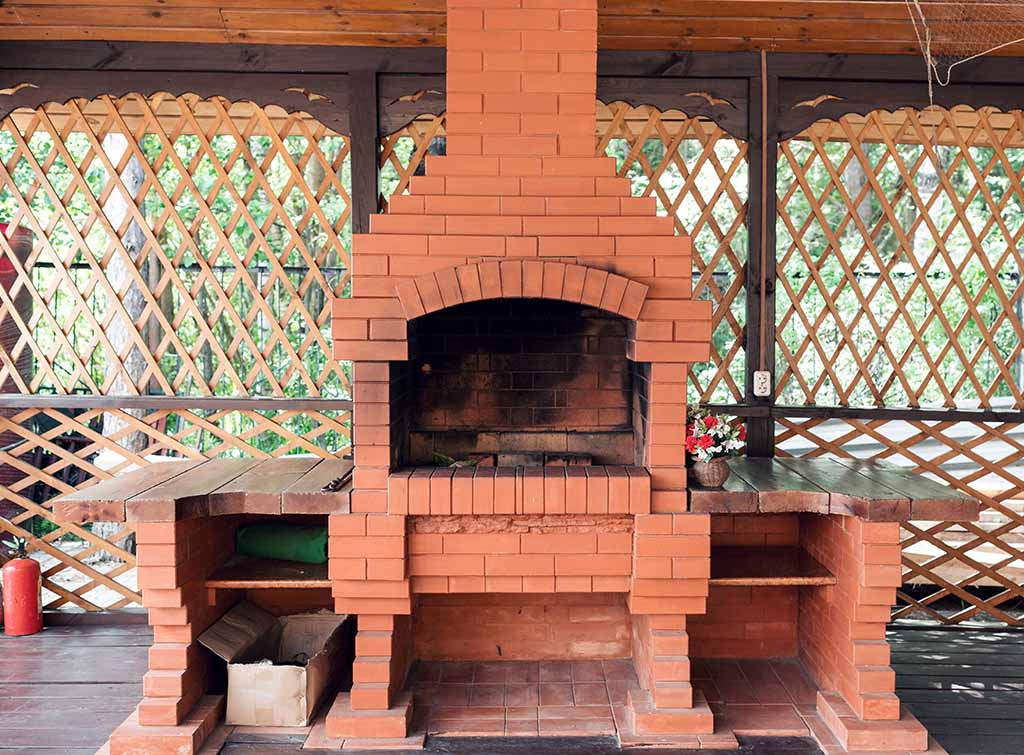Gross motor development plays a crucial role in a child’s overall growth, allowing them to explore, learn, and engage confidently with their environment. Parents and caregivers often seek guidance on supporting these skills, and paediatric occupational therapy can provide expert strategies tailored to a child’s needs. By understanding how children develop gross motor skills, families can create opportunities for physical activity, confidence-building, and independence, helping their child thrive both socially and physically.
What Are Gross Motor Skills?
Gross motor skills involve the use of large muscle groups to perform movements such as crawling, walking, running, jumping, and balancing. These skills are essential for everyday activities, including playing sports, climbing stairs, and navigating playground equipment. Beyond physical health, gross motor skills influence coordination, spatial awareness, and self-confidence. Children who develop strong gross motor skills are better prepared for school activities, recreational sports, and social play.
Stages of Gross Motor Development
Children typically develop gross motor skills in predictable stages, although the pace can vary. Awareness of these milestones can help parents provide appropriate support and recognise when additional guidance may be needed. Key developmental stages include:
- Infancy (0–12 months): Rolling, sitting with support, crawling, pulling up to stand, and eventually walking. These early movements lay the foundation for balance, coordination, and muscle strength.
- Toddlerhood (1–3 years): Walking independently, climbing stairs, running, kicking a ball, and beginning to jump with two feet. Toddlers refine their balance and start learning spatial awareness.
- Preschool (3–5 years): Hopping, skipping, throwing, catching, and balancing on one foot. Preschoolers gain greater control over their movements and begin participating in more complex physical play.
- Early School Age (5–7 years): Engaging in team sports, refining coordination, and developing endurance. Children at this stage start applying gross motor skills in structured activities, enhancing confidence and social interaction.
Tracking these milestones helps parents identify areas where children may need additional support or targeted activities.
How Children Build Physical Confidence
Physical confidence develops as children master new gross motor skills. A child who feels competent in their physical abilities is more willing to try new challenges and engage socially. Encouraging movement and providing safe opportunities to practice are essential in building both skill and confidence.
1. Active Play
Outdoor activities like running, climbing, jumping, and riding a tricycle allow children to experiment with movement in a fun, low-pressure environment. Active play strengthens muscles, improves balance, and enhances spatial awareness, all of which contribute to physical confidence.
2. Structured Activities
Organised exercises such as obstacle courses, sports drills, and dance classes provide structured practice while fostering goal-setting, perseverance, and patience. Structured activities help children understand their body’s capabilities and limitations while promoting social interaction and teamwork.
3. Positive Reinforcement
Celebrating achievements, no matter how small, helps reinforce a child’s confidence. Encouragement and praise motivate children to continue practising new skills, even when faced with challenges. Positive reinforcement also helps develop resilience and a growth mindset.
4. Modelling and Guidance
Children often learn best by observing others. Demonstrating movements and providing gentle guidance ensures safety while teaching new skills. Parents and caregivers can model correct techniques for climbing, throwing, or balancing, which allows children to internalise proper form and build confidence in their abilities.
When to Seek Professional Support
While many children develop gross motor skills naturally through play, some may experience delays or difficulties. Signs that a child could benefit from professional input include:
- Frequent falls or clumsiness
- Difficulty climbing stairs or playground equipment
- Trouble catching, kicking, or throwing a ball
- Limited interest in physical activity
- Challenges with balance and coordination
A qualified paediatric occupational therapy professional can assess a child’s motor skills, identify specific areas of difficulty, and recommend targeted strategies to support development. These strategies may include exercises to strengthen muscles, improve coordination, and enhance balance, all designed to boost a child’s confidence and independence.
Supporting Gross Motor Development at Home
Parents and caregivers can actively support gross motor development through daily activities. Here are several practical tips:
- Encourage Outdoor Play: Provide opportunities for running, jumping, climbing, and exploring nature. Outdoor play challenges multiple muscle groups and builds stamina.
- Introduce Age-Appropriate Sports and Games: Simple games like ball toss, hopscotch, or mini-obstacle courses promote coordination and spatial awareness.
- Create Safe Movement Spaces: Use household items like cushions, chairs, or small ladders to design obstacle courses that challenge balance and strength in a safe environment.
- Incorporate Movement Into Daily Routines: Encourage children to help with tasks that require coordination, such as carrying groceries, setting the table, or tidying up toys.
- Balance Structure and Creativity: Allow both guided activities and unstructured free play to help children explore movement creatively while practicing skills naturally.
Consistency, patience, and focusing on enjoyment are key. By integrating movement into everyday routines, children gain experience, confidence, and a sense of accomplishment.
Final Thought
Gross motor development is fundamental to a child’s physical, social, and emotional well-being. Understanding the stages of development, providing safe opportunities for movement, and celebrating small achievements all contribute to building confidence and independence. Professional guidance through paediatric occupational therapy can offer targeted support for children who face challenges, ensuring they develop the skills needed to participate fully in school, sports, and social activities. With encouragement, practice, and support, children can strengthen their gross motor skills and gain the confidence to explore their world with enthusiasm and competence.


